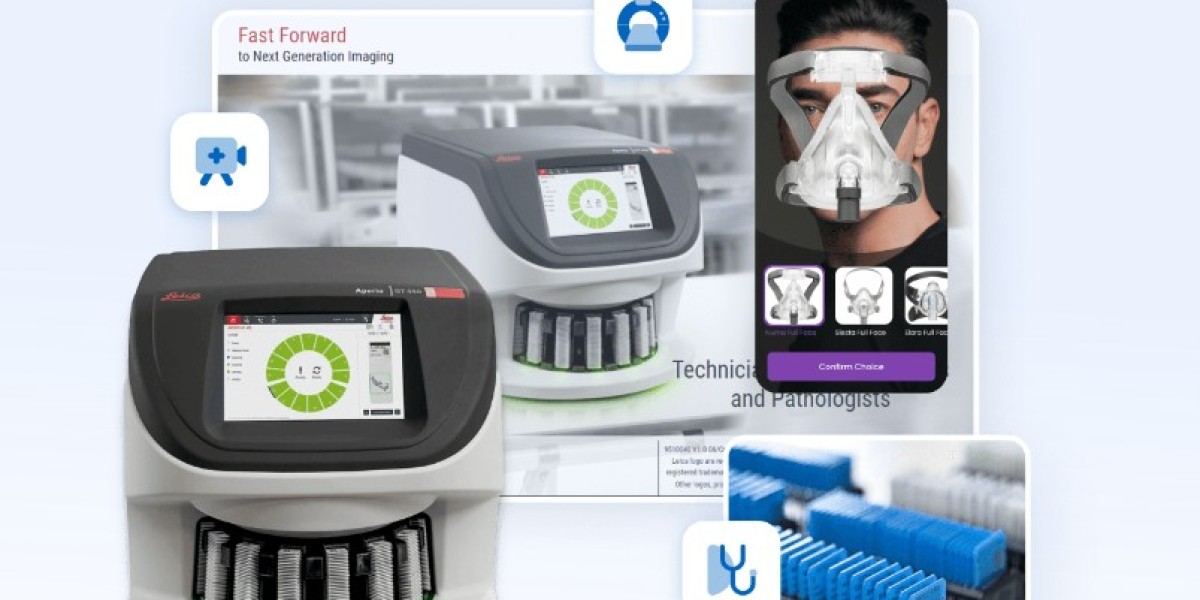Introduction
The Durable Medical Equipment (DME) industry is a vital sector in healthcare, providing essential equipment and devices to improve the quality of life for individuals dealing with chronic illnesses, disabilities, or recovery from medical procedures. The DME business is an attractive market for entrepreneurs and established companies alike, as it offers immense potential for growth due to aging populations, increasing prevalence of chronic diseases, and advances in medical technology.
From mobility aids like wheelchairs and walkers to respiratory equipment and diabetic supplies, DME companies offer products that are indispensable for both healthcare facilities and home care settings. However, the DME business comes with its own set of unique challenges, from navigating complex regulatory landscapes to managing reimbursement systems.
This article explores the DME business in detail, focusing on its market potential, key operational challenges, compliance requirements, and strategies for success.
What is Durable Medical Equipment (DME)?
Durable Medical Equipment (DME) refers to medical devices and equipment that are intended for long-term use, typically to manage or treat medical conditions or injuries. These products must withstand repeated use, serve a medical purpose, and be appropriate for use in a home or medical setting.
Common types of DME include:
- Mobility aids: Wheelchairs, crutches, and walkers.
- Respiratory equipment: Oxygen tanks, CPAP machines, and nebulizers.
- Patient aids: Hospital beds, lift chairs, and transfer boards.
- Monitoring devices: Glucose monitors, blood pressure monitors, and heart rate monitors.
These devices not only support patients’ physical needs but also help reduce the burden on caregivers, allowing individuals to lead more independent lives in their own homes.
The Growing Market for DME
The DME market has experienced significant growth, driven by several key factors:
1. Aging Population
The global population is aging at an unprecedented rate. According to the World Health Organization (WHO), by 2050, the number of people aged 60 years and older will reach 2 billion, up from 900 million in 2015. With this demographic shift, demand for DME is expected to increase dramatically as older adults require medical devices to assist with mobility, respiratory function, and chronic disease management.
2. Rise in Chronic Conditions
Chronic diseases such as diabetes, heart disease, and respiratory disorders are on the rise. In the U.S., the Centers for Disease Control and Prevention (CDC) reports that 6 in 10 adults have at least one chronic disease, and 4 in 10 have two or more. These conditions often necessitate long-term use of medical equipment, further driving demand for DME products like blood glucose monitors, oxygen concentrators, and nebulizers.
3. Home Healthcare Trend
More patients are choosing or being recommended home healthcare as an alternative to extended hospital stays. The shift toward home care, which is both more convenient for patients and cost-effective for healthcare systems, has led to increased demand for DME products that facilitate care in home settings.
4. Technological Advancements
Advances in medical technology are contributing to the development of more innovative, efficient, and user-friendly DME products. For instance, smart glucose monitors, wearable health monitors, and remote patient monitoring devices are becoming more common, expanding the scope of DME products.
Challenges in the DME Business
While the DME industry offers significant opportunities, it is also fraught with challenges. DME businesses must navigate a complex landscape of regulations, insurance reimbursements, and operational hurdles to succeed.
1. Regulatory Compliance
One of the biggest challenges in the DME business is navigating regulatory requirements. In the United States, the Food and Drug Administration (FDA) oversees the manufacturing and distribution of medical devices, including DME products. Companies must ensure that their products meet strict safety and efficacy standards to receive approval.
In addition to FDA regulations, businesses must also comply with standards set by the Centers for Medicare & Medicaid Services (CMS). CMS regulates how DME products are reimbursed under Medicare and Medicaid, and compliance with these guidelines is essential for ensuring timely payments from these programs.
Other regulatory considerations include:
- State-specific licensing: Different states may require DME providers to hold specific licenses to operate legally.
- Accreditation: DME companies that wish to bill Medicare and Medicaid often need to be accredited by a CMS-approved organization.
- Documentation requirements: Proper documentation is crucial for processing reimbursements, as inadequate documentation can lead to audits and claim denials.
2. Reimbursement and Payment Complexities
The DME business is heavily reliant on third-party reimbursements from Medicare, Medicaid, and private insurers. Navigating these reimbursement processes can be complex and time-consuming.
Medicare, for example, classifies DME products under different categories, each with its own set of eligibility criteria and reimbursement rates. Companies must ensure that patients meet the eligibility criteria for the equipment prescribed and that proper documentation is in place to justify the medical necessity of the equipment.
The CMS’s competitive bidding program, which seeks to lower Medicare costs by having suppliers submit bids for the right to provide certain DME products, has also added complexity. While this program has successfully reduced prices for certain products, it has limited the number of DME providers that can participate, intensifying competition.
3. Supply Chain and Inventory Management
DME providers must manage a diverse range of products, each with varying shelf lives and storage requirements. Ensuring that the right products are in stock and available when needed is a significant challenge.
Effective supply chain management is critical to avoid delays in delivering products to patients, particularly those in home healthcare settings. Additionally, DME providers must navigate fluctuating supply costs, potential shipping delays, and disruptions in the availability of critical medical supplies.
Strategies for Success in the DME Business
To thrive in the DME business, companies must develop strategies that address the industry’s unique challenges while capitalizing on growth opportunities.
1. Focus on Patient-Centered Care
A patient-centered approach is key to success in the DME industry. Companies that prioritize the needs of patients, ensuring their comfort, safety, and independence, will build lasting relationships with customers and healthcare providers alike.
Providing educational resources, offering training on the use of medical equipment, and ensuring seamless communication between patients, caregivers, and healthcare providers can help improve patient outcomes and satisfaction.
2. Leverage Technology for Operational Efficiency
Technology plays a crucial role in enhancing operational efficiency in the DME business. Implementing software solutions for inventory management, order tracking, and customer relationship management (CRM) can streamline operations and reduce errors.
Additionally, many DME companies are adopting telehealth platforms and remote patient monitoring devices to expand their offerings and provide better care for patients. This not only increases the range of products and services but also improves patient engagement and adherence to treatment plans.
3. Stay Up-to-Date with Regulatory Changes
Regulatory requirements in the DME industry are constantly evolving. DME providers must stay informed about changes in Medicare and Medicaid reimbursement policies, FDA regulations, and state-level licensing requirements.
Working with legal and compliance experts, investing in robust quality management systems, and ensuring proper documentation for all transactions are critical steps to maintaining compliance and avoiding costly audits.
4. Diversify Product Offerings
Expanding product lines to include a broad range of DME products can help companies meet the diverse needs of patients. For example, a company that initially focuses on mobility aids may consider adding respiratory equipment or diabetic supplies to its offerings.
Diversification also allows DME businesses to tap into emerging markets, such as wearable health monitors or home diagnostic devices, which are experiencing rapid growth.
5. Invest in Customer Education and Support
Educating customers on the proper use and maintenance of DME products is essential for building trust and ensuring long-term relationships. Providing ongoing support, such as training sessions or instructional videos, can help patients and caregivers feel more confident in using the equipment.
Offering exceptional customer service is also a key differentiator in a competitive market. Whether it’s through in-person consultations, phone support, or online resources, providing patients with easy access to information and assistance can set a company apart from its competitors.
Conclusion
The Durable Medical Equipment (DME) business presents substantial opportunities for growth as the demand for medical devices continues to rise due to aging populations, chronic diseases, and technological advancements. However, it is not without its challenges, including navigating regulatory landscapes, managing complex reimbursement





